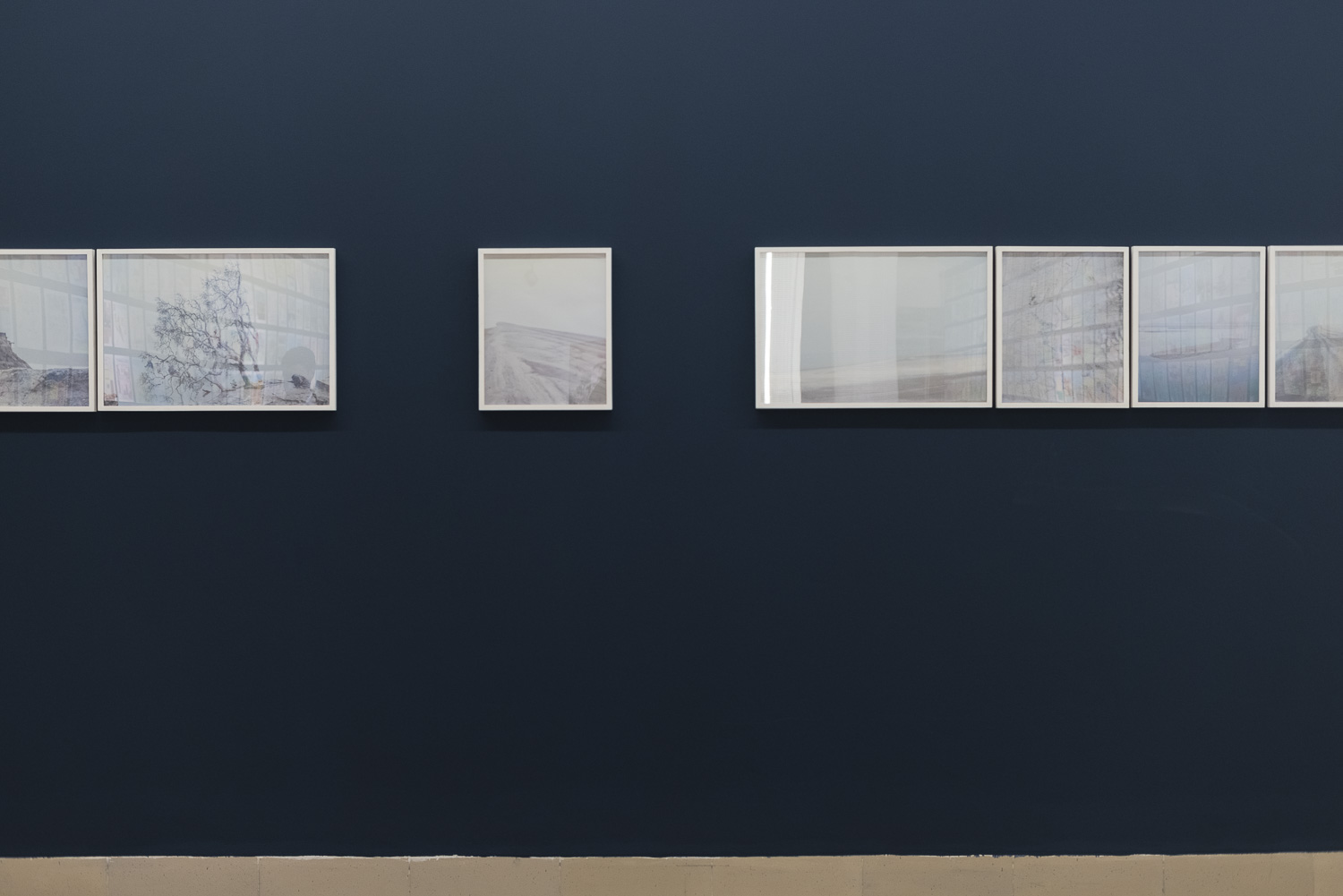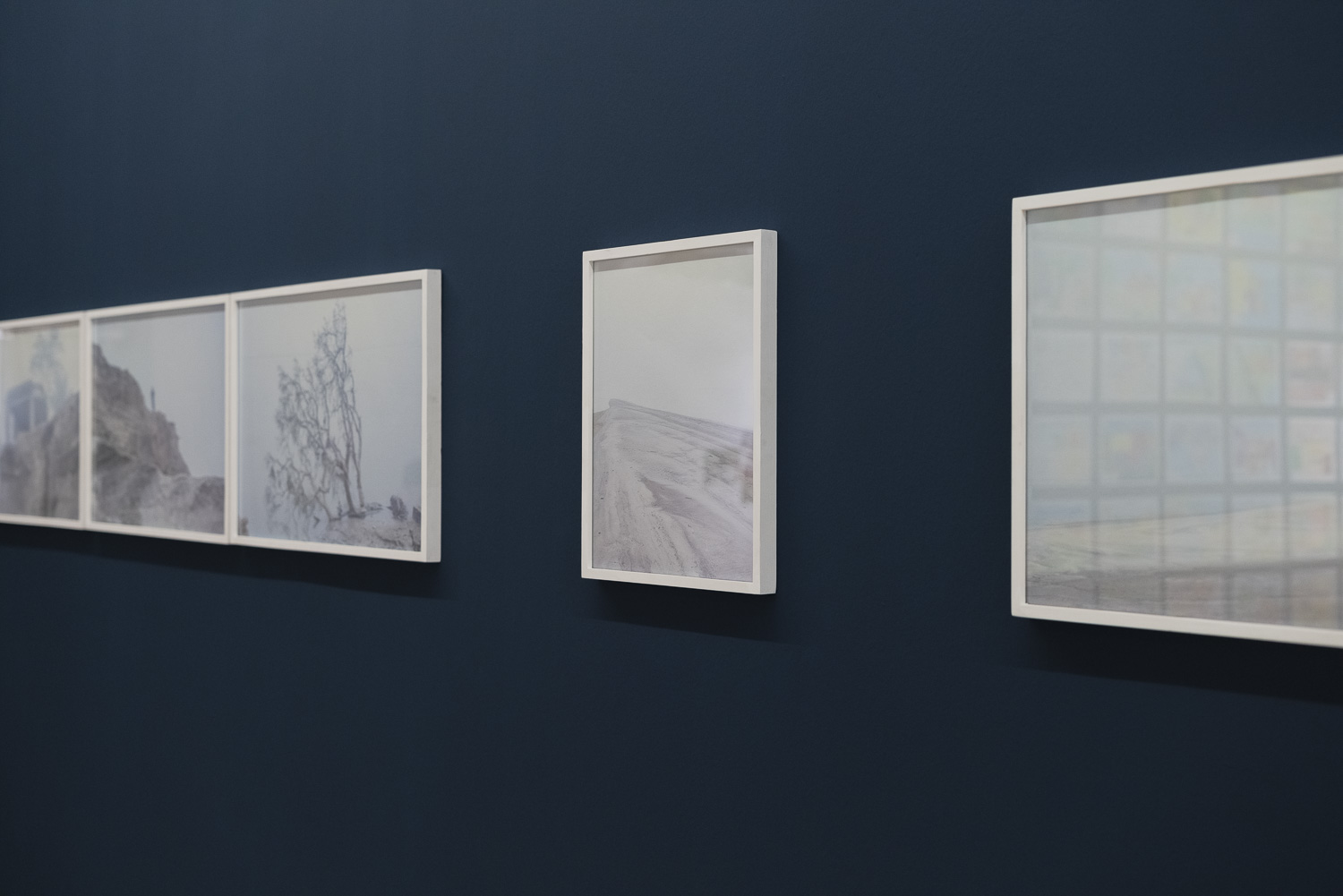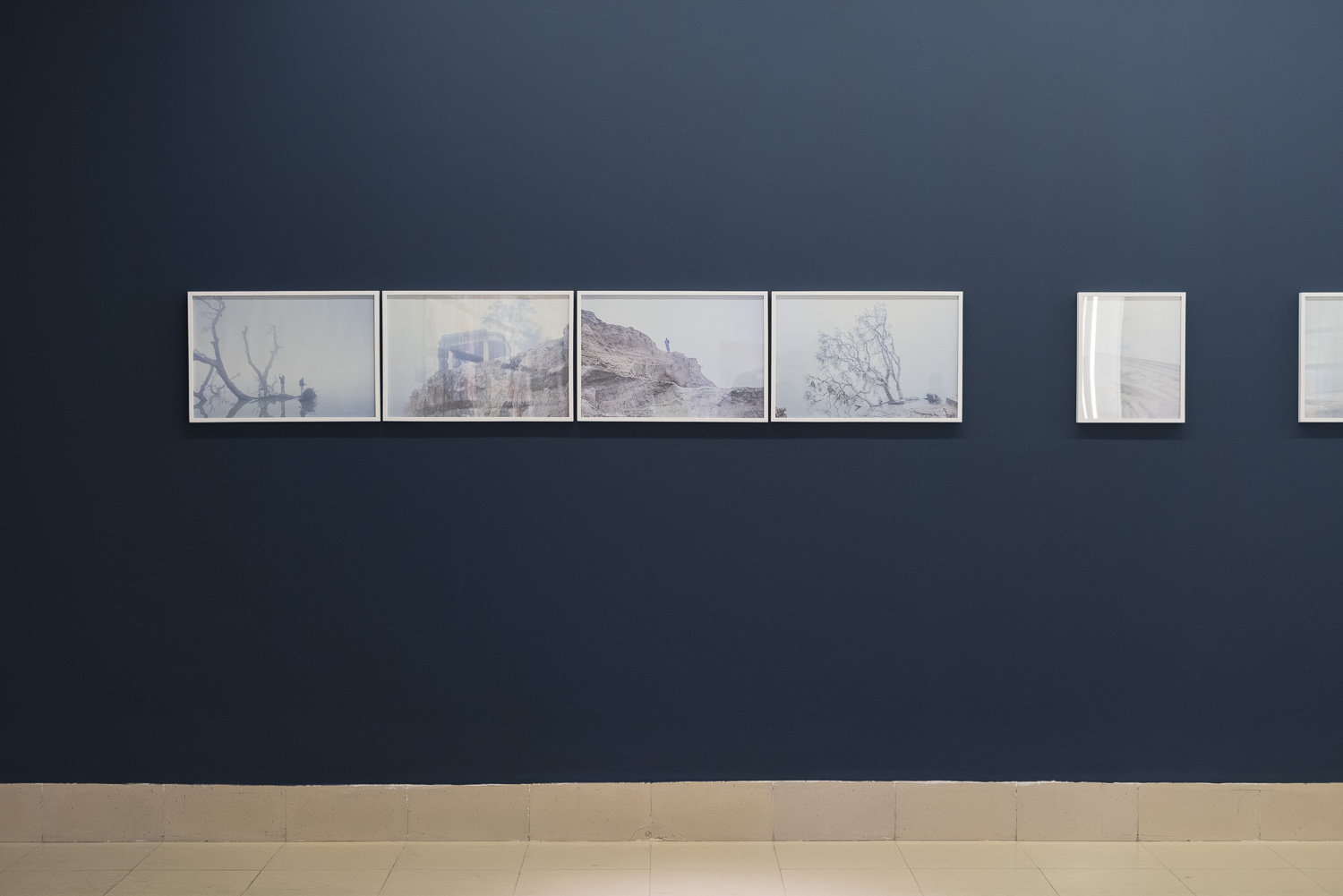TO ENTER THE SKY
Curated by Sean Anderson
(Associate Professor and Undergraduate Program Director at Cornell University’s Department of Architecture)






Of River and Lost Lands at Dhaka Art Summit 2023
Weather, when visualised, relies on the interaction of multiple forces enacting potential acts of benefit as well as destruction. Sometimes predictable, and even mapped, more often, spaces inherit weather in unpredictable patterns that suggest tumult, a conjuring or a question, in defiance of the unknown. For example, airplane pilots depend on degrees of turbulence to achieve lift, to enter the sky. Likewise, for architects and builders, turbulence presents a manifold of acts to confront, including the body and the landscape, with which to bend and flex, and from which one may achieve improbable balance.
With sea level rise and unprecedented weather systems throughout the world, South Asia has witnessed recent devastating floods in Northern Pakistan and Bangladesh, the ongoing strengthening of cyclones in the Bay of Bengal, the future disappearance of Maldivian atolls as well as the Marshall Islands in the South Pacific. The invention of new land simultaneously destroys sensitive ecosystems alongside the displacement of long undervalued vulnerable communities. The perpetuation of cataclysmic events tear at the definitions of geography, of fixed temporalities, for an architecture subject to extremes continually redefined.
Recent years have also shown us that the turbulence of a global pandemic can challenge nearly every aspect of humanity and forms of collectivity. Refugees and asylum seekers throughout the world confront the fixity of boundaries while architects attempt to design spaces of healing, comfort and joy. Architecture remains one mode with which to reimagine how and with whom we seek solid ground. While new livelihoods unfold over screens large and small, and those landless and nationless continue to seek safety, the built environment presents itself as a backdrop and agent of change pointing us toward possible futures. We all share one sky.
Children’s drawings situate both the vulnerability and resilience of future selves: who, in a spirited display of potential, of beauty, of spaces and buildings that they can aspire to elevate and share. Just as turbulence requires us to navigate the unknown, architecture, beyond the building, can activate new ways of encountering materiality, collaboration, community, sovereignty, and citizenship.
How do we design and build for the inevitability of turbulence, past and future? How does architecture establish belonging in landscapes of devastation and transit? This exhibition responds to the conditions of sea, land and air that allow architects, artists and designers to engage with the dimensioning of turbulence as a catalyst for addressing the ways in which we encounter each other.
To Enter the Sky brings together examples of architectures of resilience, of trust, while not discounting fear, entropy, and destruction. The exhibition centres Bangladesh as part of a broader reckoning of what it means to be human in and of the built environment today. We know that various turbulences will persist. Architecture need not be resistant. Rather, the exhibition asserts how a spatial medium, with its materialities of hope and chance, can begin to disseminate radical stories of becoming to help us understand our own unique capacities as individuals, communities, nations.